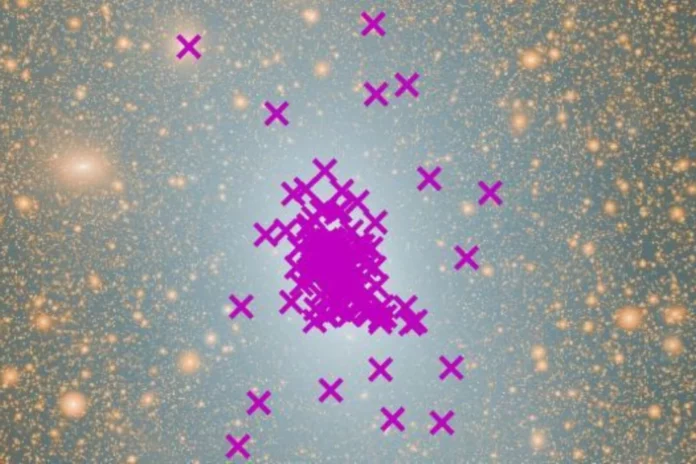The theory of lambda-cold dark matter (LCDM) suggests that most galaxies are low-mass dwarf galaxies, many of which orbit larger galaxies such as the Milky Way. More broadly, the CMB represents our best understanding of how the universe works. But there’s a problem. According to theory, the Milky Way should have many more satellite galaxies than scientists have observed with telescopes and predicted with computer simulations.
By combining supercomputer simulations at the highest resolution to date with new mathematical modeling, cosmologists at Durham University in the UK suggest that up to 100 previously unknown galaxies could be orbiting the Milky Way, effectively tracking our galaxy’s “missing” companions. If future telescopes detect these galaxies directly, it will further increase the reliability of the LCDM theory, the most widely accepted standard model of large-scale cosmology.
“If the population of very faint satellites we predict is detected with the new data, it would be an outstanding success for the LCDM theory of galaxy formation,” said Carlos Frank, a cosmologist at Durham University, in a university statement. “By using the laws of physics solved with a large supercomputer and mathematical modeling, we can make accurate predictions that astronomers equipped with powerful new telescopes can test. It doesn’t get much better than that.”
According to the CMB theory, 5% of the Universe is made up of atoms, 25% of cold dark matter (CDM), and 70% of dark energy. In addition, galaxies are born in clusters of dark matter called halos. Before this new approach, researchers say that even the best cosmological simulations could not study very faint galaxies or the evolution of their dark matter halos over billions of years. The simulations mostly lost the halos of galaxies that eventually became “orphaned”.
According to research presented at the Royal Astronomical Society’s National Astronomical Meeting earlier this month, Frank and colleagues’ new technique indicates the presence of faint dark matter halos that could potentially contain orphaned satellite galaxies. They estimated the number, distribution, and properties of these “ghost galaxies” (as they are also called in another Durham University press release) and suggested that the Milky Way’s gravity may have almost completely stripped them of their dark matter halos as well as stellar mass.
“We know that the Milky Way has about 60 confirmed companion galaxies, but we think there must be dozens more of these faint galaxies orbiting the Milky Way at close distances,” said Isabel Santos-Santos of Durham University, also a cosmologist and co-leader of the study with Frank. “Observational astronomers use our predictions as a benchmark to compare new data they receive. We may soon be able to see these ‘missing’ galaxies, which would be extremely exciting and could tell us more about how the Universe came to be as we see it today.”
Although the Universe still hides countless mysteries, sometimes it seems that we are on the right track.









